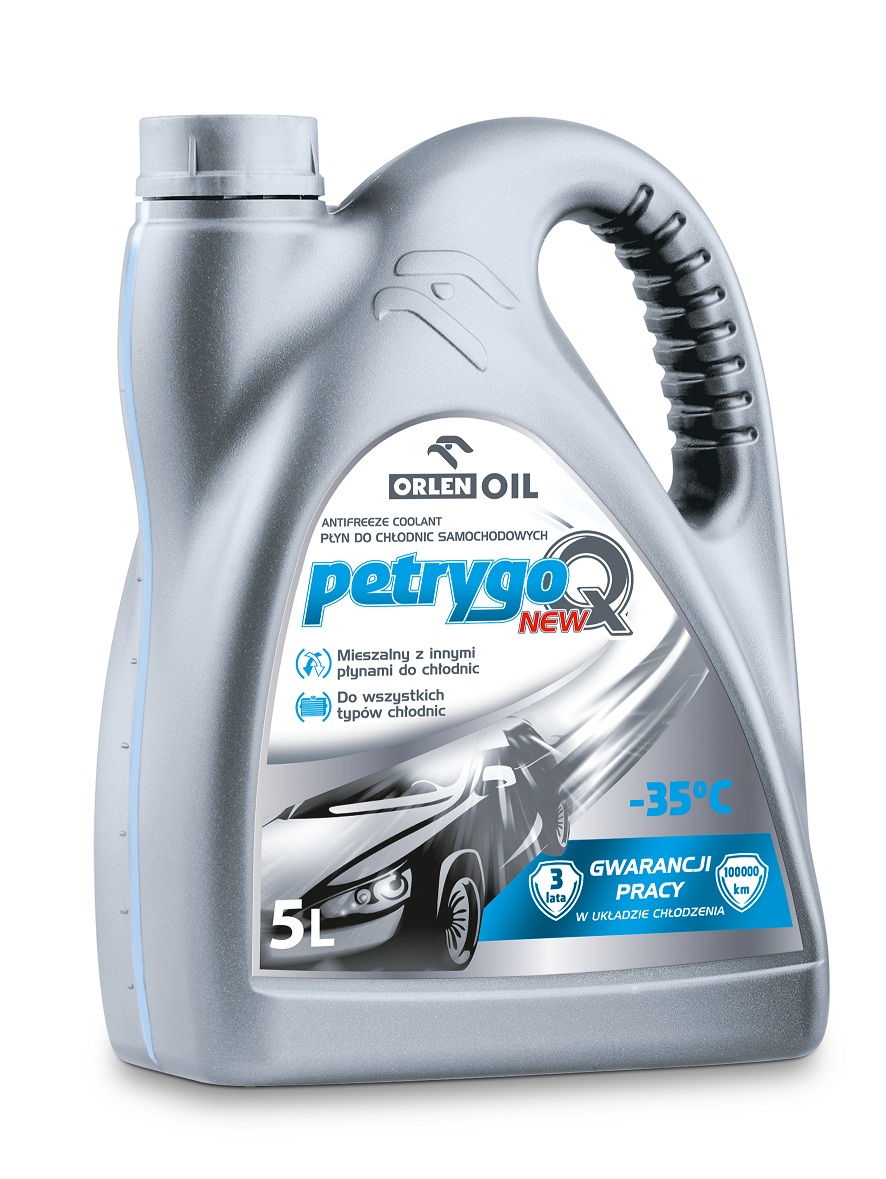By
pouring or changing the coolant in the car, what is the difference
between the red, green and blue antifreeze, are at least hostile by all
newcomers-car owners. And
sometimes such questions are taken up by experienced drivers: yet the
science of production is not in place, every day put on the shelves of
stores something new. So the information checked over the years may well be outdated.
Experimenting with their car is not enough - such experiments are often threatened by rapid, inexpensive and long-term repairs. Therefore, people start to read carefully in small letters on
banks, carefully compare everything that manufacturers have managed to
write on them - and they are often surprised, not knowing how much one
liquid differs from the other.
What is the difference between red, green and blue antifreeze, meanwhile, to understand quite easily. And this knowledge in the future will help to determine what exactly to pour into your car. Why do I need a color?
First, any coolant is colorless. It receives its color from dyes added at the final stages of production. And the bright color has 2 goals:
• warns that in the container - chemistry, not ordinary water;
• serves to make it easier to determine where the fluid flows from, if the cooling system has run out.
The cooling effect does not affect the color of the antifreeze, they remain the ones that are planned at the factory. However, in recent times, color is still tied to certain parameters.
What is important to pay attention to?
The
composition of all these liquids is approximately the same, they differ
only in proportions and additives, individual in each manufacturer. But it should be remembered that the basis of antifreeze can be two types:
• silicate. Antifreeze, having it in composition, envelops the whole system, forming a thin film. Due to it, the circulation of heat decreases slightly, therefore, the efficiency of the cooling system decreases somewhat. Antifreezing silicates often have a blue or green color.
• carboxylate. Due to a radically different chemical origin, such a cooling fluid covers only places that are particularly prone to corrosion. Carboxylate serves longer, costs more and is usually painted in red.
However, the color separation is not obligatory: the silicate may be red, carboxylate is blue. The only thing that is very important to watch is the chemical composition of the antifreeze. Mixing coolant of different origin is not possible.





